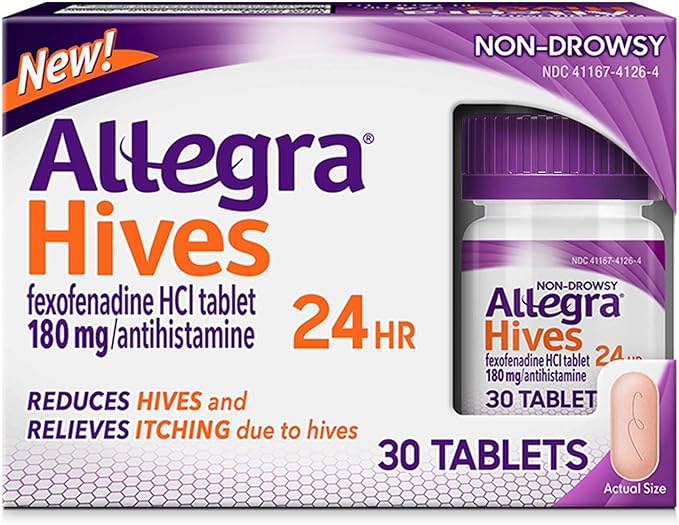Hives, also referred to as urticaria, manifest as itchy, raised welts on the skin, stemming from a myriad of triggers. Allergic reactions stand as a prevalent initiator, although various stimuli contribute. These can encompass allergens like certain foods (such as nuts, milk, and eggs), pet dander, pollen, dust mites, insect bites or stings, and medications, primarily antibiotics, cancer drugs, or ibuprofen. Furthermore, they may arise from infections like strep throat, urinary tract infections, or even viral illnesses like COVID-19.
Medical treatments such as radiation therapy or blood transfusions, along with responses to heat, sweat, cold, stress, sunlight, pressure on the skin, and certain chemicals, all have the potential to provoke hives. Pinpointing and managing chronic hives that persist beyond six weeks pose diagnostic and therapeutic challenges, often revealing underlying health conditions like autoimmune disorders, celiac disease, lupus, type 1 diabetes, rheumatoid arthritis, or thyroid disease. The appearance of hives varies, with welts appearing in shades of red, pink, or flesh-colored, accompanied by sensations of itchiness, stinging, or discomfort. While typically stemming from allergic reactions or environmental factors, hives can also stem from underlying health issues or physical stimuli such as stress, tight clothing, physical activity, or changes in temperature.
What are some symptoms of hives?
Hive symptoms encompass a range of manifestations, including:
- Itching
- Red- or skin-colored welts on the skin surface (known as wheals)
- Rash, often raised and intensely itchy, appears localized on a specific body part
- Variable-sized raised welts on the skin
- Intensely itchy reddish welts, particularly bothersome during nighttime
- Swelling of facial features like the face, eyelids, ears, and mouth, as well as extremities and genital area
- Asymmetrical swelling on one side of the body
- Discomfort accompanying localized swelling
- Changes in skin pigmentation
- Transient welts that appear and vanish within minutes or hours
- Angioedema: painful swelling around the eyes, cheeks, or lips
- Flares triggered by factors like heat, physical activity, or stress
- Welts exhibit diverse hues, including red, purple, or skin-toned, depending on individual skin coloration
- Variable-sized welts that shift in shape and appearance, periodically fading and reappearing
- Intense pruritus (itchiness)
- Skin sensations of itching, burning, stinging, and warmth
- Large areas of skin covered by welts
- Angioedema affecting the lower lip
- Blanching upon pressing a hive causes temporary disappearance of red or pink coloration
- Distinct raised spots or patches that may merge together
- Skin inflammation leads to hot and swollen skin
- Angioedema characterized by painful swelling lasting 2–3 days rather than itching
These symptoms exhibit varying degrees of severity and duration, with chronic, conversely, potentially persisting beyond six weeks and recurring frequently over extended periods, spanning months or even years.
Causes
Conversely, they emerge as itchy, raised welts on the skin, spurred by an array of triggers. Predominantly, allergic reactions to substances such as foods (including nuts, milk, and eggs), pet dander, pollen, dust mites, insect bites or stings, and medications (particularly antibiotics, cancer drugs, or ibuprofen) stand as primary instigators. Moreover, it can be incited by infections like strep throat, urinary tract infections, or even viral illnesses like COVID-19, as well as medical interventions like radiation therapy or blood transfusions. Additional triggers encompass exaggerated responses to temperature fluctuations, stress, sunlight exposure, skin pressure, and contact with specific chemicals or substances. Chronic hives, persisting beyond six weeks, pose diagnostic and therapeutic challenges, potentially linked to underlying health conditions such as autoimmune disorders, celiac disease, lupus, type 1 diabetes, rheumatoid arthritis, or thyroid disorders.
Read Also: Acne: Causes, Treatment, and Prevention Strategies
Treatment of hives
Hives vs rash
Hives, or urticaria, and rashes represent distinct skin conditions, each with unique characteristics. Urticaria manifest as raised, itchy bumps that can exhibit shades of red or flesh tones, varying in size and configuration. They may emerge sporadically across the body or localize to specific areas, with durations ranging from fleeting to prolonged.
Rashes provoke alterations in skin color or texture, encompassing manifestations such as itchy bumps, roughness, scaliness, or cracking. While some rashes elicit itchiness, others may induce pain or discomfort. Unlike urticaria, rashes are not universally red and may present with diverse features like scaliness, roughness, or the presence of blisters or welts. Hives typically maintain a smooth texture and do not induce dryness, peeling, or flaking, distinguishing them from certain rashes like dermatitis or heat rash. Both urticaria and rashes can be incited by a myriad of factors, including allergies, irritants, infections, or immune system dysregulation. Seeking medical attention is imperative if severe symptoms such as difficulty breathing, swelling, or intense pain arise, as these could signify a grave allergic reaction or underlying medical condition.




